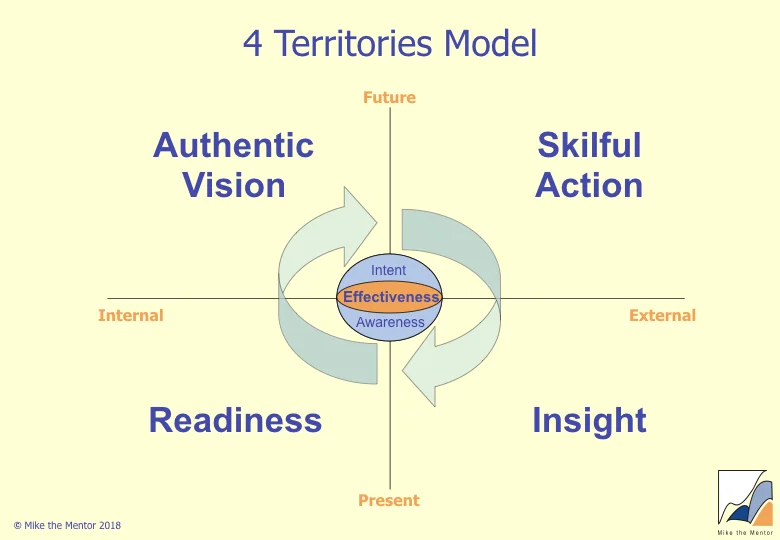Sentic States
/Like many coaches I am good at building rapport with a wide range of people. I do this by matching language, posture, breathing etc - and, in particular, by utilising emotional rhythm.
If we are not able to use the full range of rhythms, then there will be some people with whom we struggle to build rapport. But building rapport is not sufficient for effective coaching. The effective coach needs also to mismatch the current rhythms and introduce the appropriate discordant rhythm that emotionally unsticks the client and moves them into a new place. We therefore have to be able to access the full range of emotional rhythms.
Manfred Clynes believes there are 7 of these basic rhythms, named by him Sentic States. They exist across cultures and appear to be shared by all humanity. Peter Hawkins has linked this model to the different energy chakras. Each of the Sentic states has a positive and a negative side:
Anger: (experienced at the base of the spine) sets clear boundaries. Expressed negatively anger can be destructive and frightening but when expressed without aggression it is the energy that commands attention, says "No" and protects us and ours.
Hatred: (the gut) ends things, destroys the old. It helps us get rid of what is over and confront stuck situations that are being denied.
Grief: (lower chest & diaphragm) the rhythm of sadness, of letting go, of surrender - it is what allows us to empathise with another's pain.
Love: (the heart) accepting, welcoming and inclusive, it is the rhythm of concern and caring.
Eros: (mouth and hands) expressing sensual pleasure and excitement. This rhythm excites interest, entices and engages others.
Joy: (mostly expressed through the eyes) celebrating and affirming the positive, goes right through the body as in jumping for joy.
Awe: (top of head) breath-taking, revering, going beyond ourselves, the rhythm of what transcends, being in touch with something we cannot name.
Each of us tends to develop one or two dominant modes of expression and have other rhythms we find it harder to express. To work more effectively with our Sentic States, we need to expand our range of emotional expression, use each emotional rhythm more cleanly and incisively (ie be able to express each emotion without suffering or enjoying the emotion - as actors are able to), and increase our awareness of the non-verbal emotional expression of others.
More on Sentic States in Coaching, Mentoring and Organizational Consultancy: Supervision and Development, pages 221-3.


